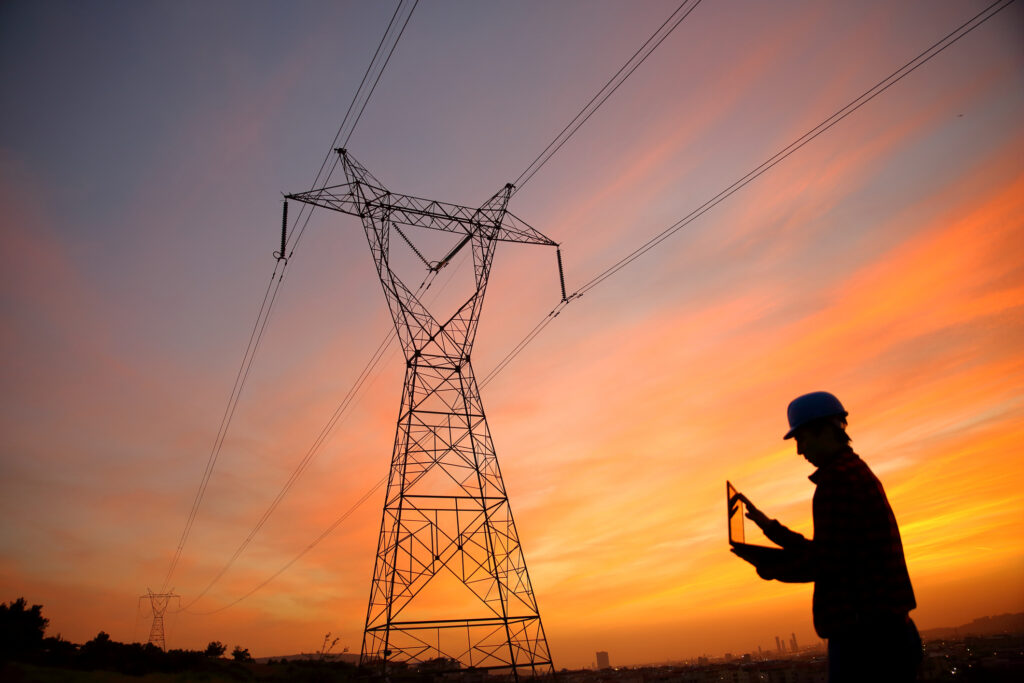
Not only will it power homes, but it will bring high speed internet to many for the first time.
Editor’s note: We talk a lot about infrastructure at the Alliance for American Manufacturing. America’s roads, bridges, water systems, electric grid, public transit, airports, railways, pipelines, dams, and more are all in terrible shape. Investing to fix them will create millions of jobs and boost the economy at a critical time.
But oftentimes, the conversation about infrastructure is rather wonky, failing to fully express just how personal infrastructure is. After all, infrastructure is all around us. It is the pipelines that deliver safe drinking water into our homes and the electricity that powers them; it is the sidewalks in our neighborhoods and the schools where our children learn.
In an occasional series, AAM staffers explore infrastructure needs in their own community, including the piece below on an important infrastructure development in Wisconsin.
When you hear the word “infrastructure,” you probably think of roads and bridges, but infrastructure can be a lot of things, including the electricity that powers our homes.
The U.S. Department of Agriculture (USDA) recently announced the investment of $1.6 billion in 21 states to build or improve rural electric infrastructure. These funds will be used to build and improve over 9,000 miles of electrical transmission and distribution lines, which is estimated to benefit roughly 1 million rural residences and businesses, according to a USDA press release.
A large portion of that investment will be designated to improvements in smart grid technology, which uses digital communications to detect and react to local changes in electricity usage. Not only will this improve life in rural areas, but it will create jobs as well.
In my state of Wisconsin, this work is so needed. Getting rural areas connected to the electrical grid means providing electricity to schools, homes, industrial facilities and other businesses. It means that many residents will have access to high speed internet for the first time. It means advances in health care facilities and public safety buildings as well.
For those who’ve driven on the many country roads in the northern part of the state, you know cell phone service is spotty at best. In my experience, there have been times where I would drive miles without any signal. Through the years it has improved, but much more is needed.
According to the USDA, Wisconsin is being allocated $20.5 million toward these developments, including work in 14 rural counties.
In Menomonie, for example, Dunn Energy will use $9.5 million to connect 599 consumers and improve 73 miles of line. Officials are also investing in smart grid technologies. For example, in Ashland, OE WI Solar LLC is receiving a $960,000 loan to develop a power system to supply usable solar power.
The coronavirus pandemic makes this work all the more important. For many students who’ve been stuck at home as schools shut down, there was no option of virtual learning available; they simply didn’t have internet access. Having the right infrastructure in place can mean the difference between succeeding and falling behind.
